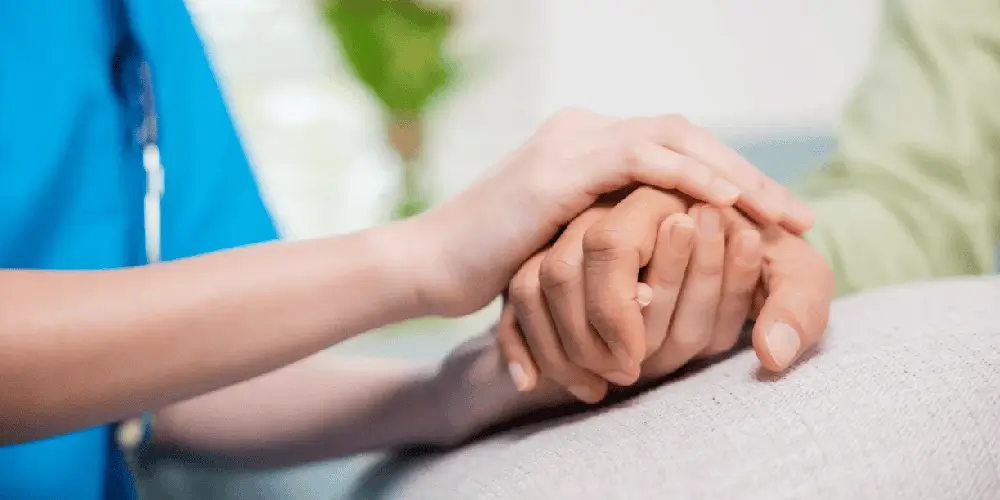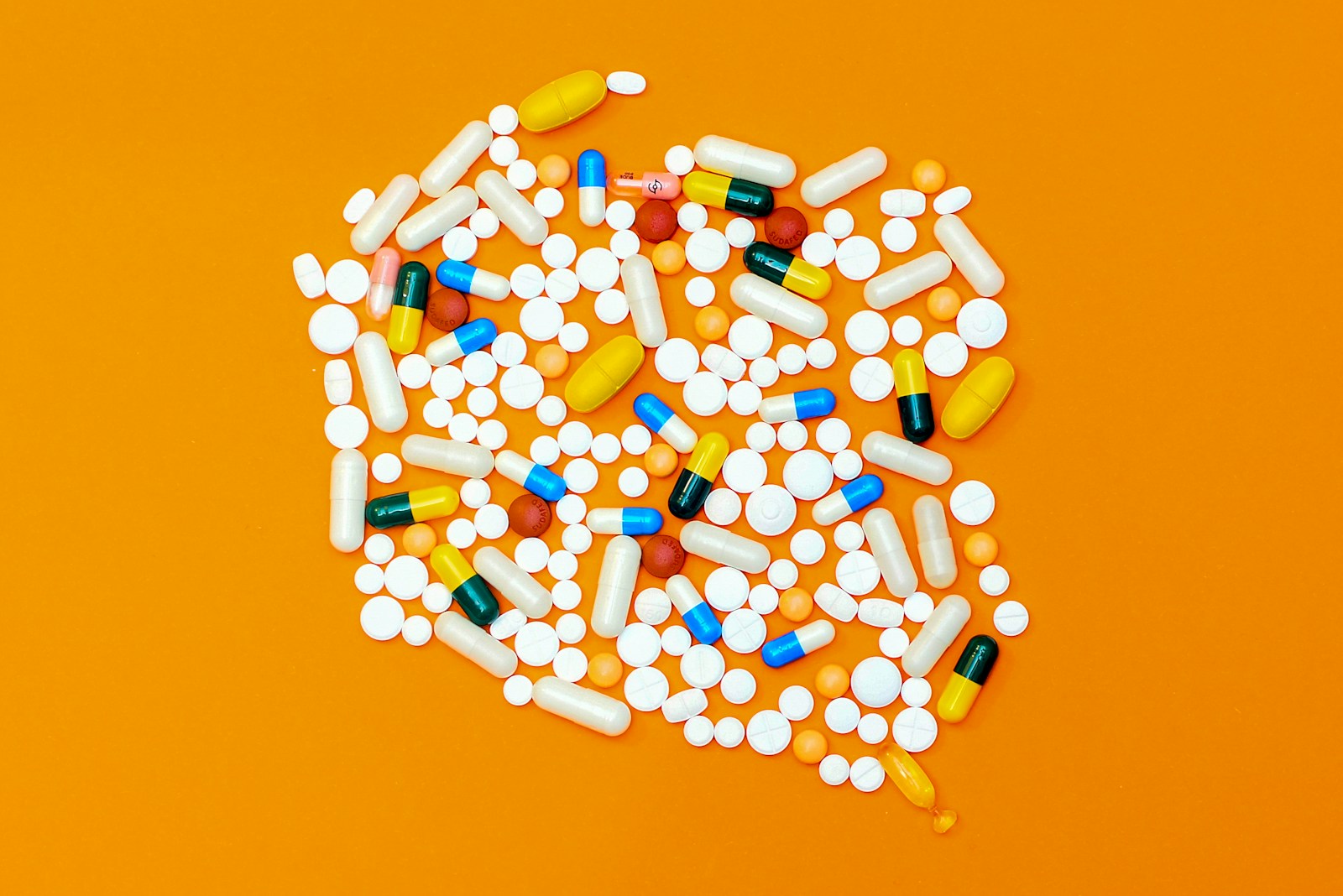Porn addiction has become an increasingly prevalent issue in today’s society, particularly among men and teenagers. With the advent of the internet and the ease of accessing explicit content, this addiction has reached new heights, leading to serious mental, emotional, and relational consequences. Understanding the scope of the problem, the reasons behind its rise, and the available solutions can help individuals struggling with porn addiction regain control over their lives.
The Rise of Porn Addiction
Recent studies have shown a disturbing increase in porn addiction, particularly among men and younger demographics. According to a 2021 study published in the Journal of Sex Research, about 9% of men reported struggling with porn addiction, with 13% of men aged 18-29 stating they experience compulsive behavior related to pornography. This percentage jumps even higher for teenagers, with studies indicating that approximately 30-40% of teenagers admit to regularly viewing porn, which can result in negative effects on their mental and emotional health.
In a 2019 survey by the American Academy of Pediatrics, 33% of teenage boys said they first encountered porn between the ages of 11 and 13. These findings reveal how early the exposure to pornography can begin, and how quickly it can develop into a problematic behavior. Given that the brain’s reward system is still developing during adolescence, excessive exposure to porn can hijack this system, creating patterns of addiction that are difficult to break later on.
Why is Porn Addiction Growing?
The internet has made pornography more accessible and anonymous than ever before. With just a few clicks, individuals can access an endless supply of explicit content, catering to all types of interests. Moreover, social media platforms and peer pressure can normalize porn consumption, especially among teenagers, contributing to a cycle where young people feel compelled to engage with explicit material as a means of validation or self-exploration.
For adults, the stress of daily life, relationship struggles, and work pressures may drive some men to seek solace in pornography as a coping mechanism. In a world that increasingly values instant gratification, porn can offer a temporary escape from emotional or mental distress, leading to a reliance that turns into an addiction.
The Impact of Porn Addiction
Porn addiction can have serious consequences on an individual’s mental and emotional health. Research has shown that excessive consumption of pornography can lead to:
- Desensitization: With frequent exposure to pornography, individuals may develop a need for more extreme content to achieve the same level of arousal, leading to a loss of interest in real-life intimacy.
- Relationship Issues: For many individuals, a porn addiction can damage relationships with romantic partners, who may feel neglected, betrayed, or inadequate due to their partner’s consumption habits.
- Mental Health Struggles: Addiction to pornography has been linked to anxiety, depression, low self-esteem, and even obsessive-compulsive behavior. The feeling of shame or guilt often associated with watching porn can exacerbate these issues, creating a vicious cycle.
- Sexual Dysfunction: A growing body of evidence suggests that porn addiction may be contributing to an increase in sexual dysfunctions, such as erectile dysfunction, particularly among younger men who rely on pornography for sexual stimulation.
Solutions and Treatment Options for Porn Addiction, how to find help
While the rise of porn addiction may seem daunting, there are effective treatment options and strategies to help individuals regain control over their lives. The following approaches have shown promise in treating porn addiction:
1. Therapy and Counseling for porn addiction
Therapy, particularly Cognitive Behavioral Therapy (CBT), is one of the most effective ways to treat porn addiction. CBT helps individuals identify the triggers and thought patterns that lead to compulsive behavior, and it equips them with coping mechanisms to manage cravings. Working with a licensed therapist can provide the emotional support and guidance necessary for lasting recovery.
Sexual addiction counseling is another valuable approach. Professionals who specialize in addiction can offer tailored interventions, including 12-step programs like Sex Addicts Anonymous (SAA), which help individuals work through the emotional and behavioral aspects of their addiction in a group setting.
2. Support Groups for porn addiction
Peer support groups provide a sense of community and understanding for individuals struggling with porn addiction. Groups like NoFap and Porn Addicts Anonymous allow people to share their experiences, gain encouragement from others, and learn from those who are further along in their recovery. These groups can also provide accountability, which can be a powerful motivator in staying on track.
3. Digital Detox
For some individuals, removing access to pornography can be a critical first step in overcoming addiction. This might involve installing content-blocking apps or using web filters to limit access to explicit material. For teens, parents can play an essential role by setting up restrictions on devices and monitoring online activity.
A digital detox can also help reset the brain’s reward system. By taking breaks from screen time and engaging in alternative activities like sports, hobbies, or socializing, individuals can build healthier coping mechanisms and reduce their dependence on pornography.
4. Mindfulness and Meditation
Mindfulness techniques, such as meditation and deep breathing exercises, can help individuals manage cravings and stress in healthier ways. These practices encourage self-awareness and self-control, enabling individuals to better understand their emotions and impulses. Meditation can also promote relaxation and help reduce anxiety, making it easier to resist the urge to turn to pornography.
5. Medication
In some cases, medication may be prescribed to help individuals manage the symptoms of addiction. Selective serotonin reuptake inhibitors (SSRIs), a class of antidepressants, have shown promise in treating compulsive sexual behaviors. However, medication is typically used in conjunction with therapy and lifestyle changes for maximum effectiveness.
Conclusion
Porn addiction is a serious and growing problem, particularly among men and teenagers. With increased accessibility and normalization of explicit content, it’s more important than ever to address the underlying issues contributing to this addiction and provide individuals with the resources to seek help. Therapy, support groups, digital detoxes, mindfulness, and even medication can all play a role in the recovery process.
If you or someone you know is struggling with porn addiction, it’s crucial to take action sooner rather than later. With the right treatment and support, overcoming porn addiction is possible, leading to healthier relationships, improved mental well-being, and a more fulfilling life overall.





